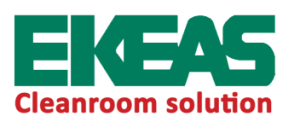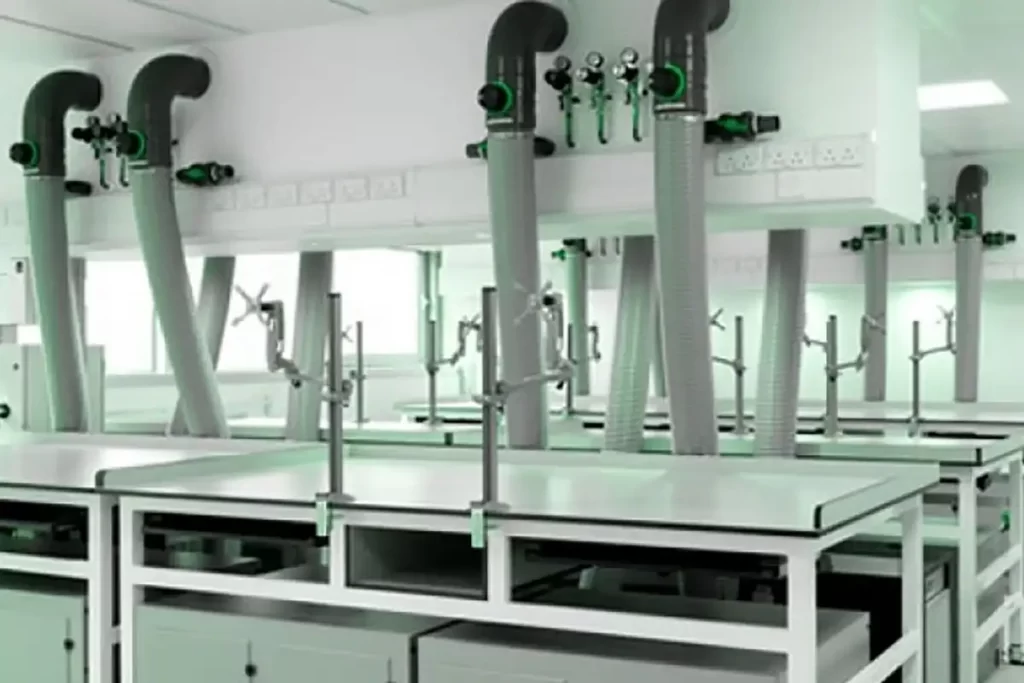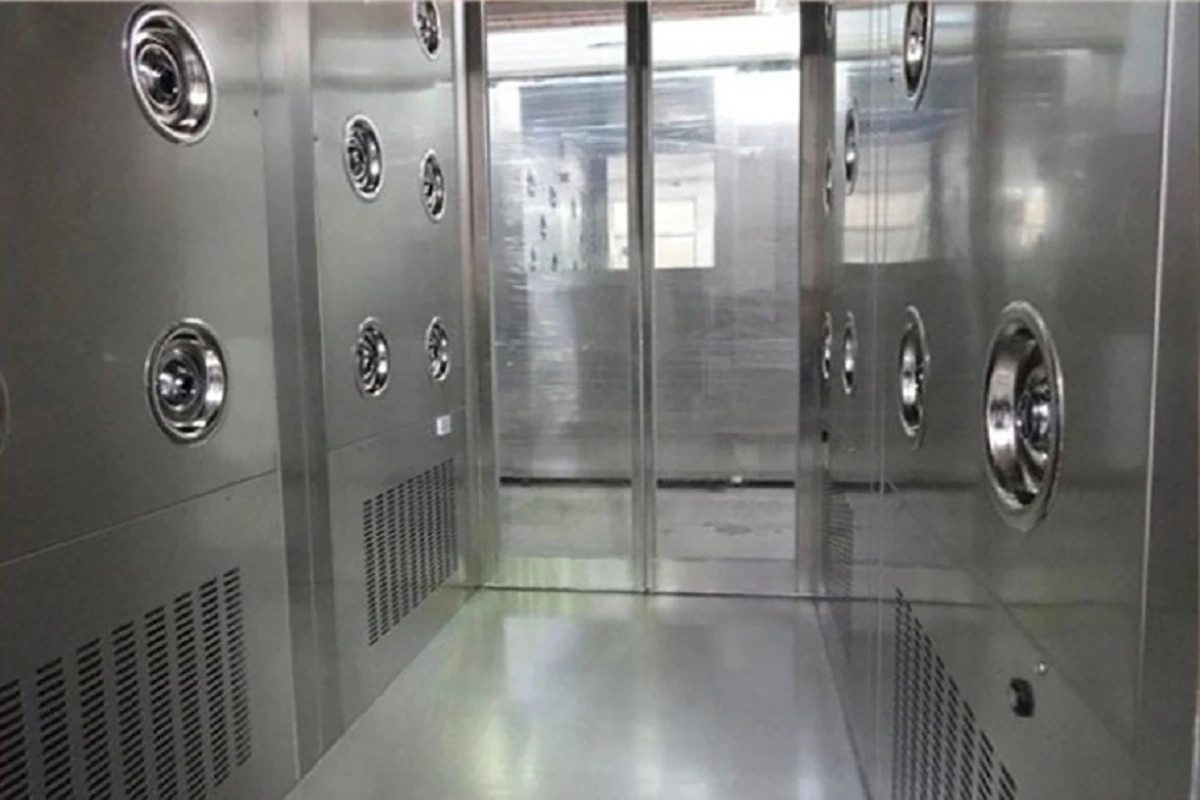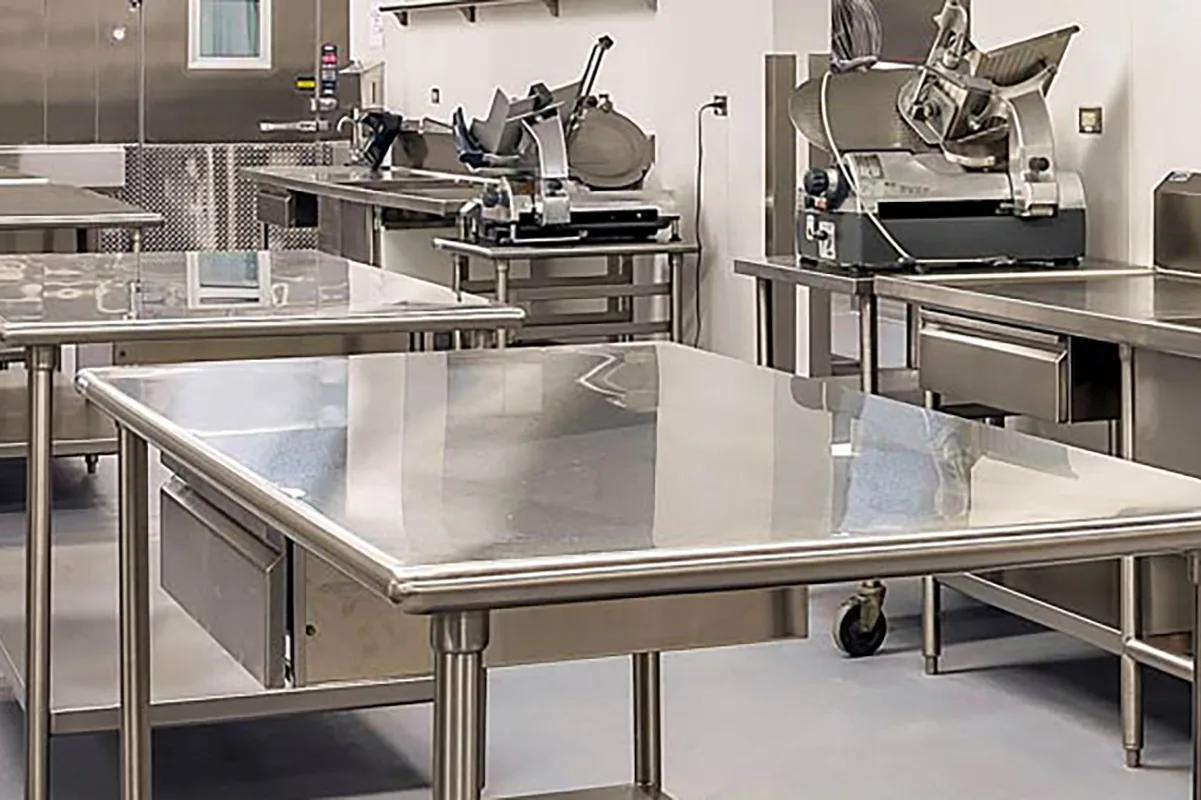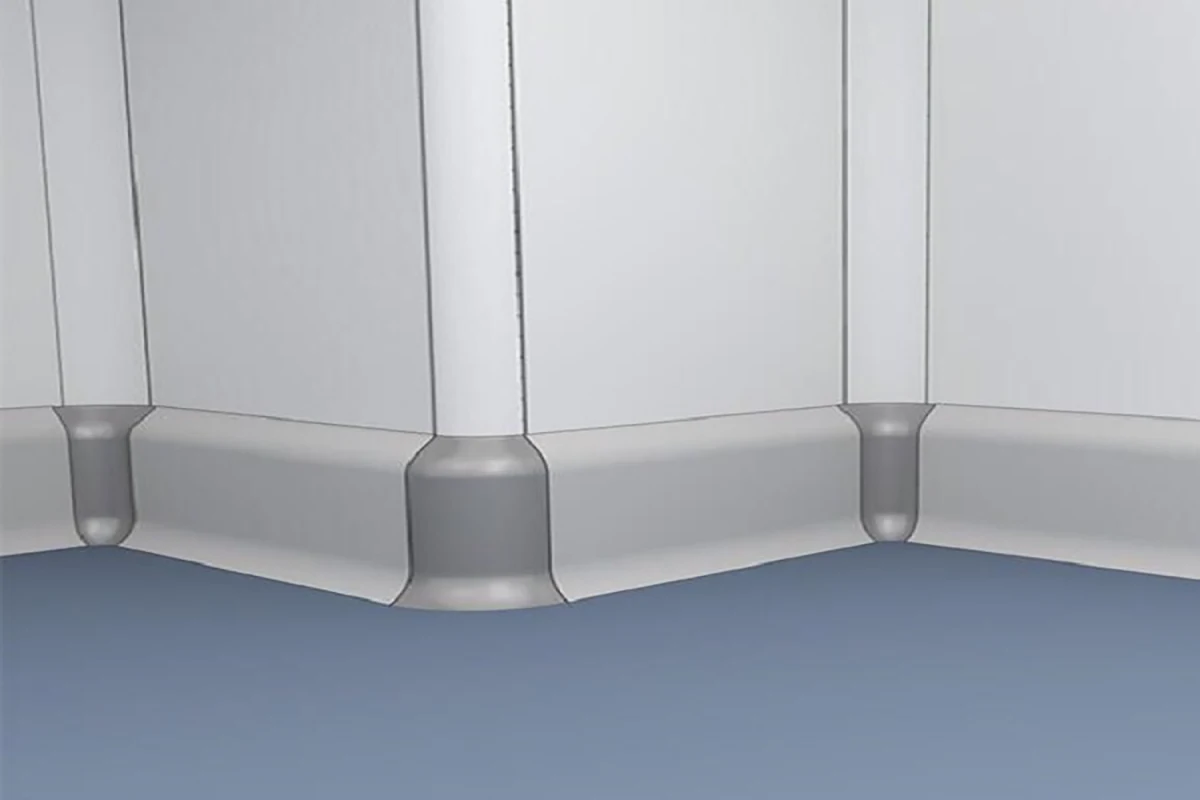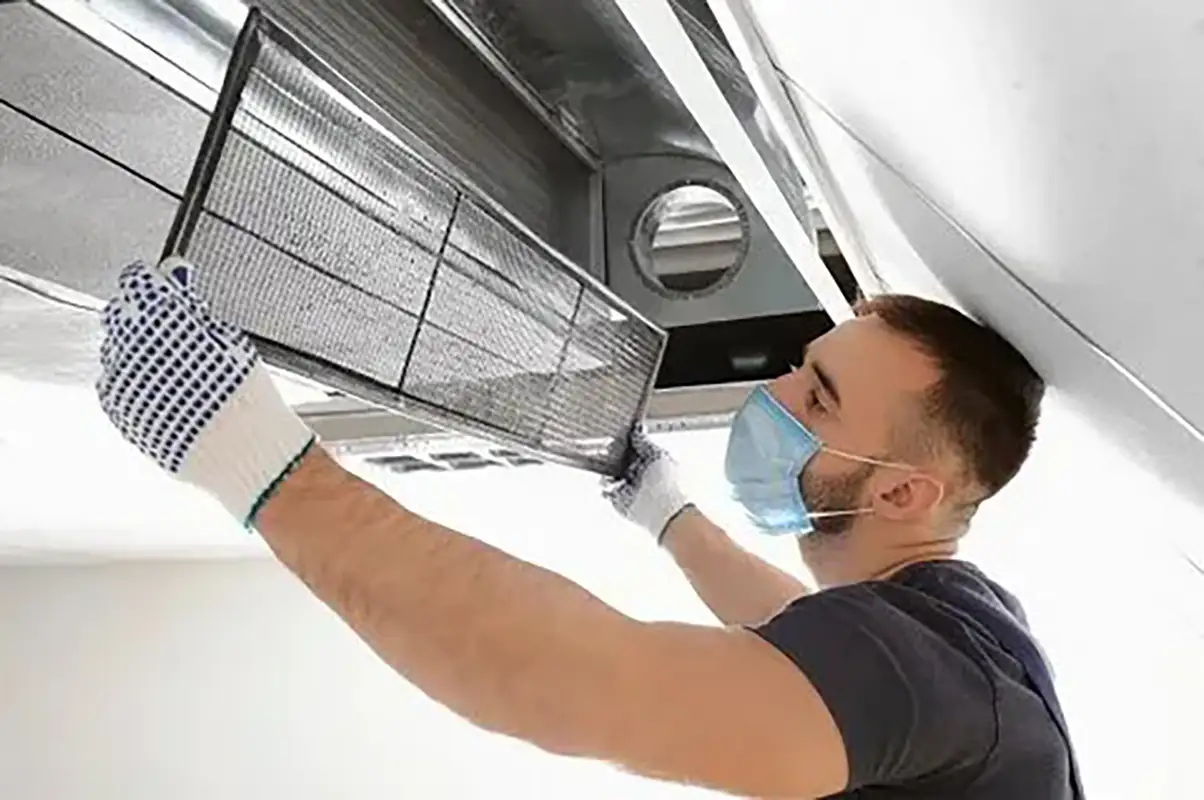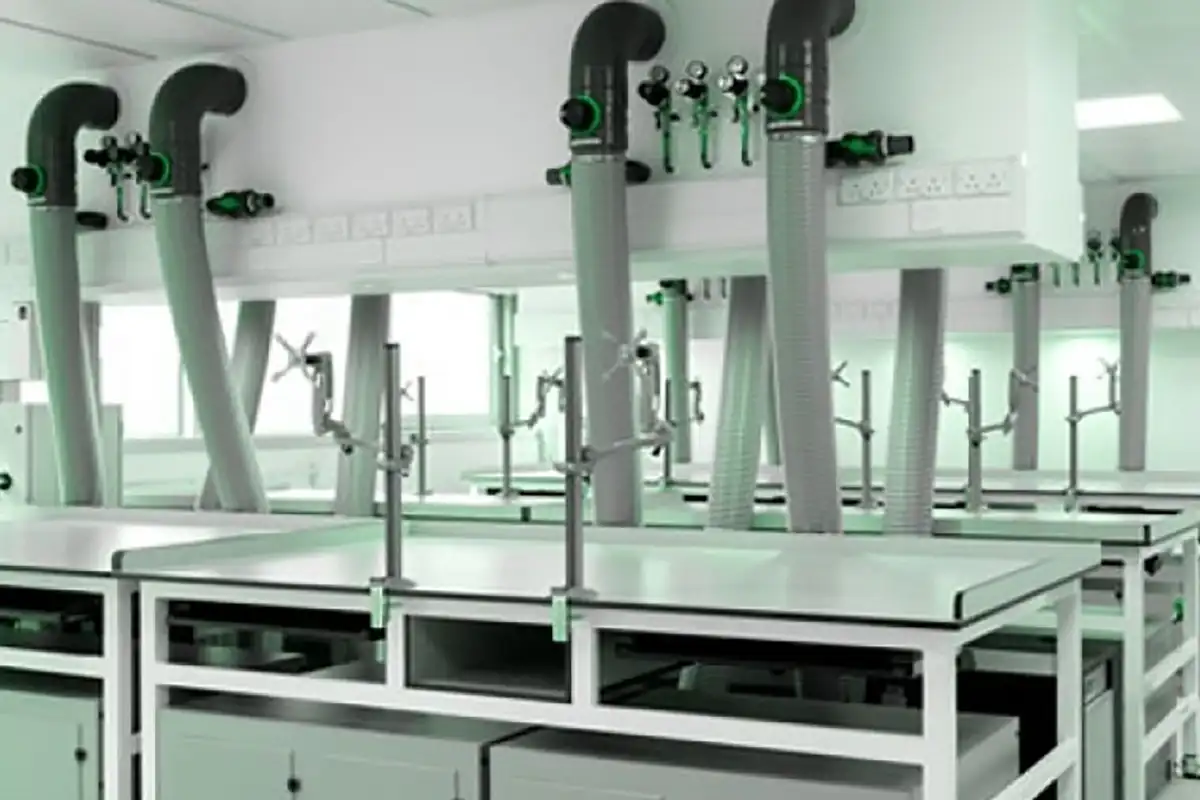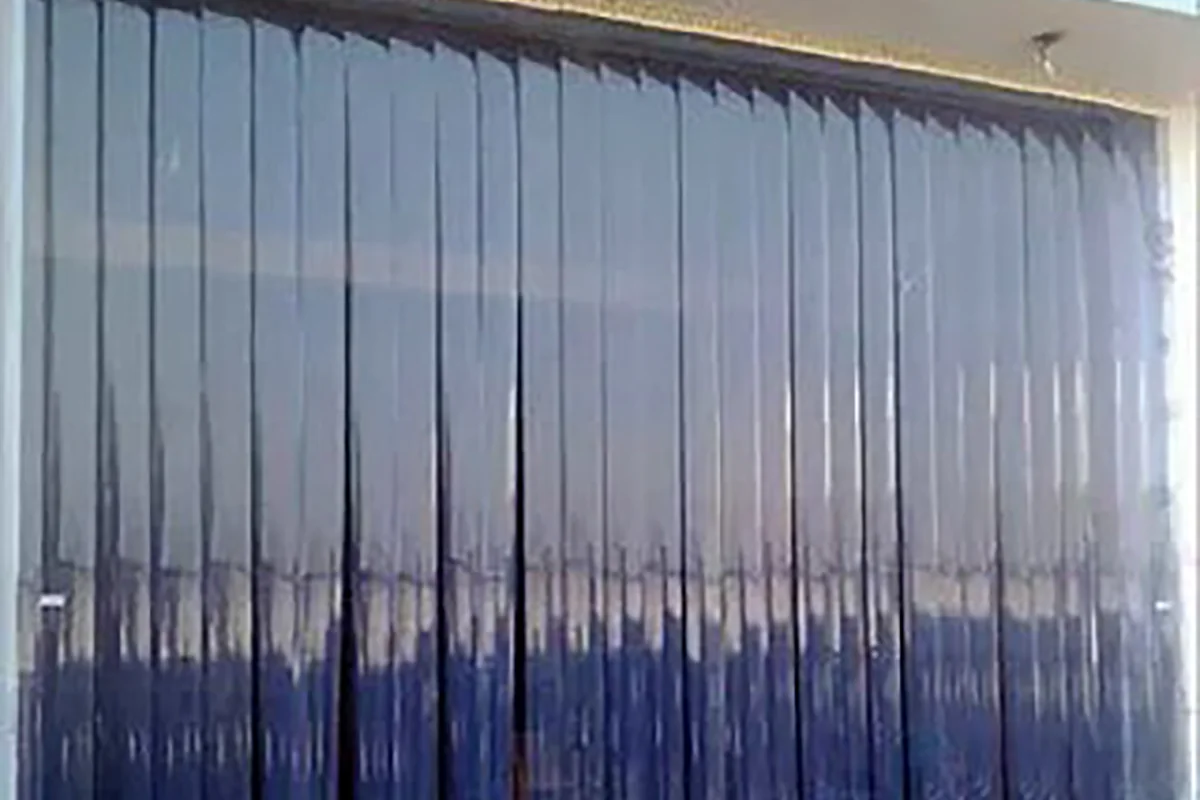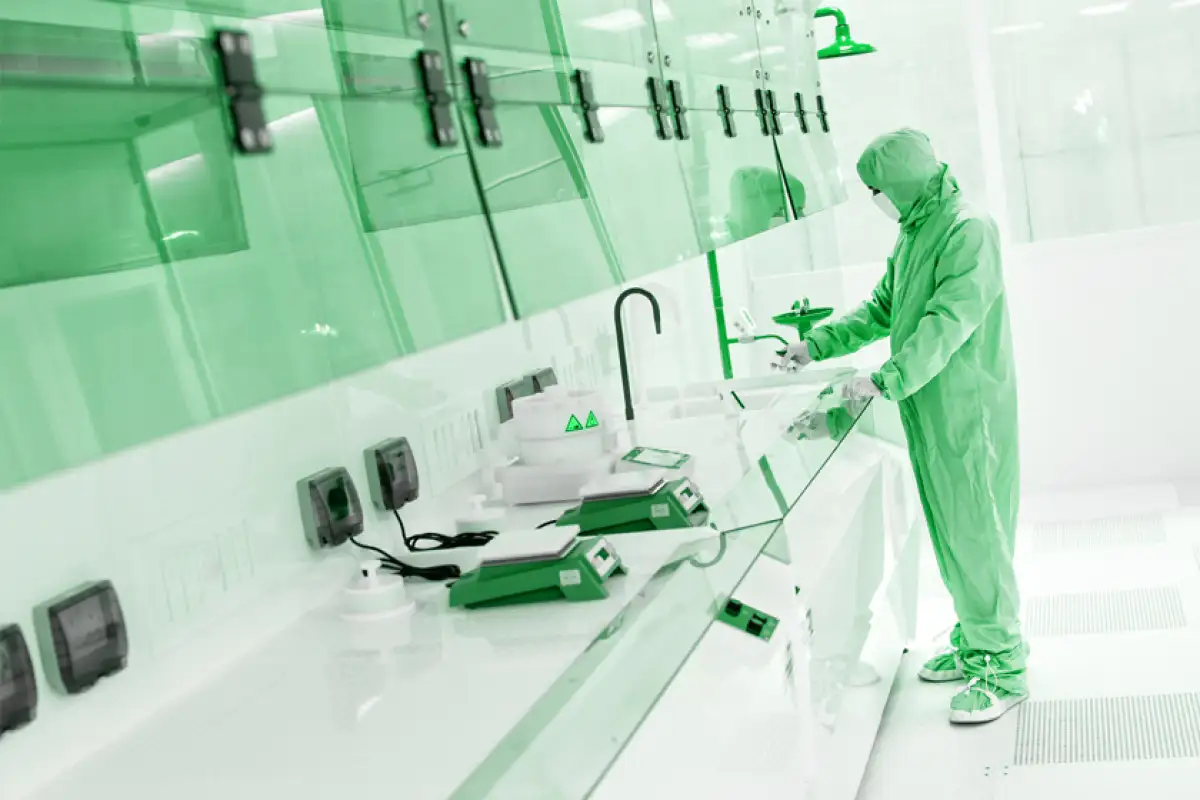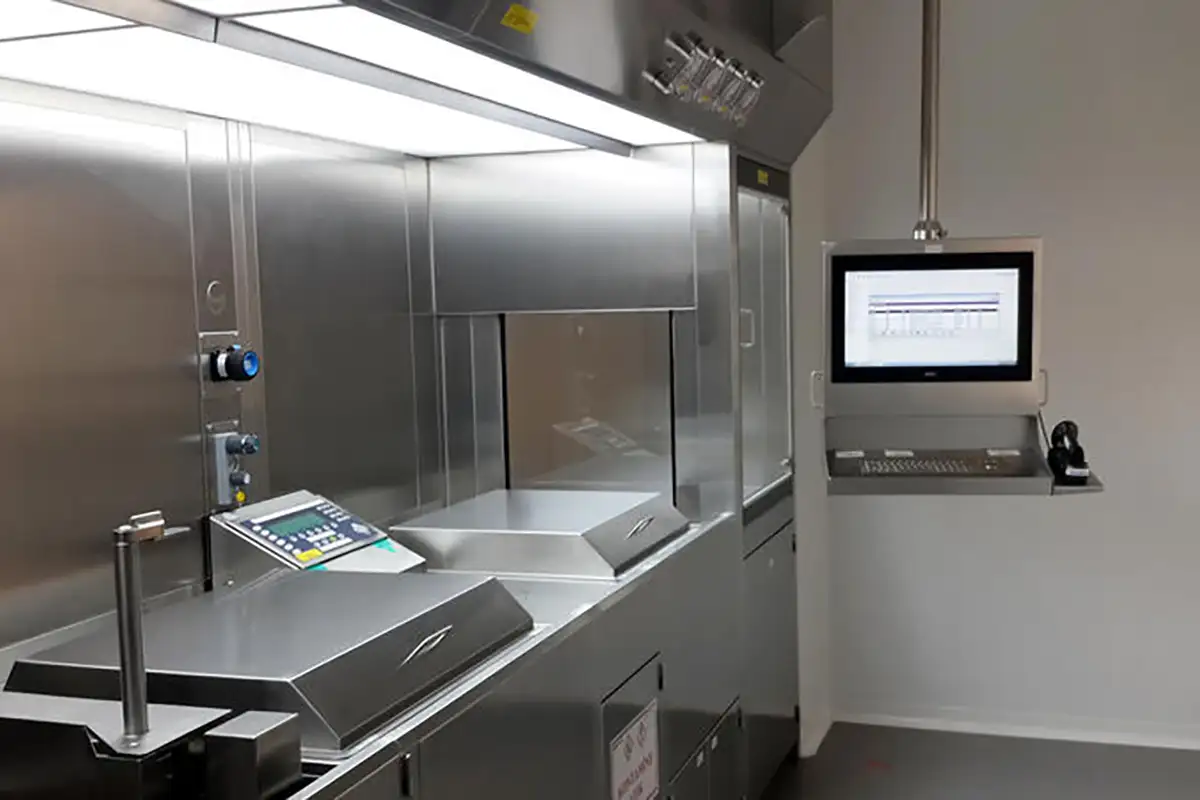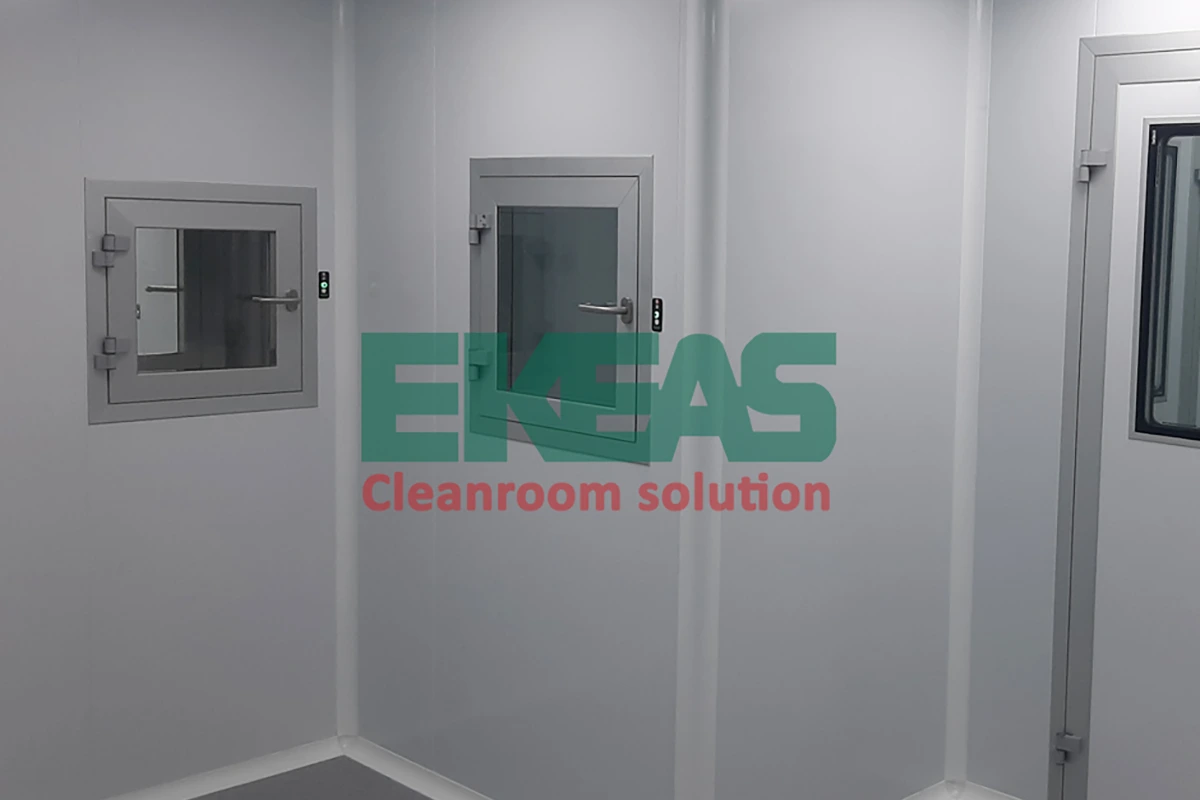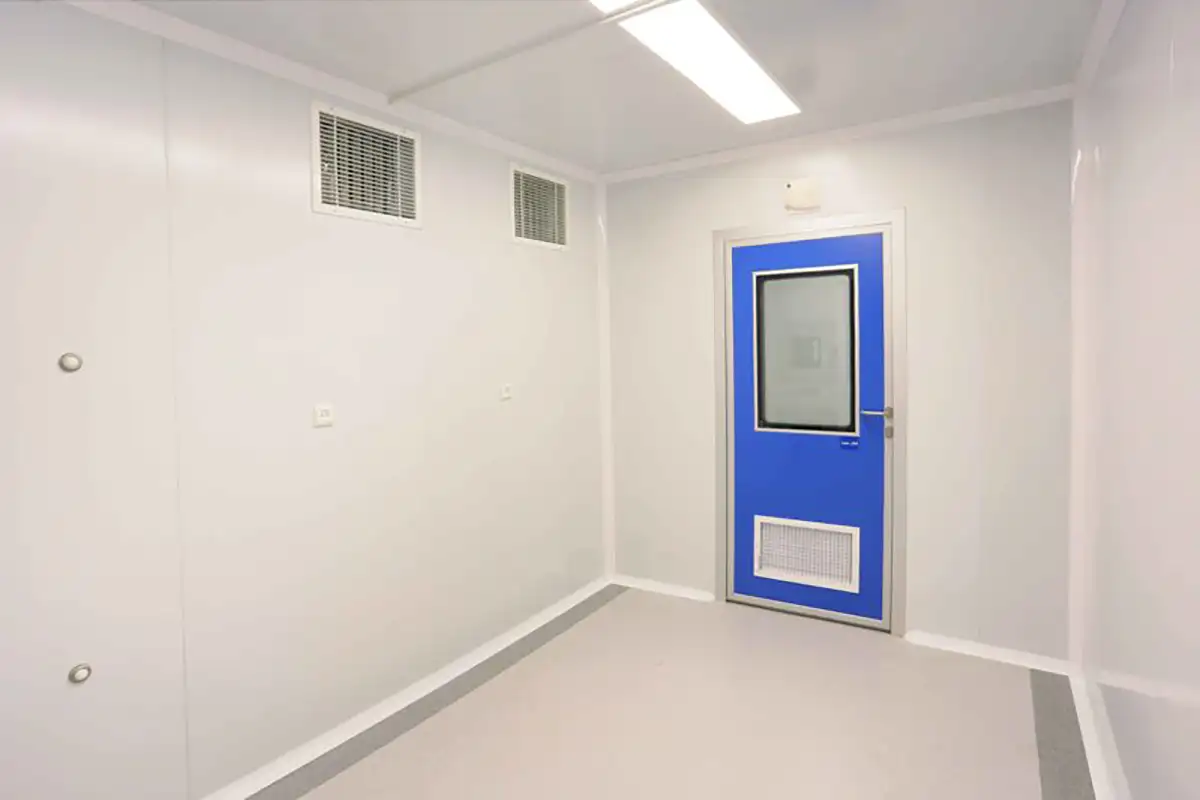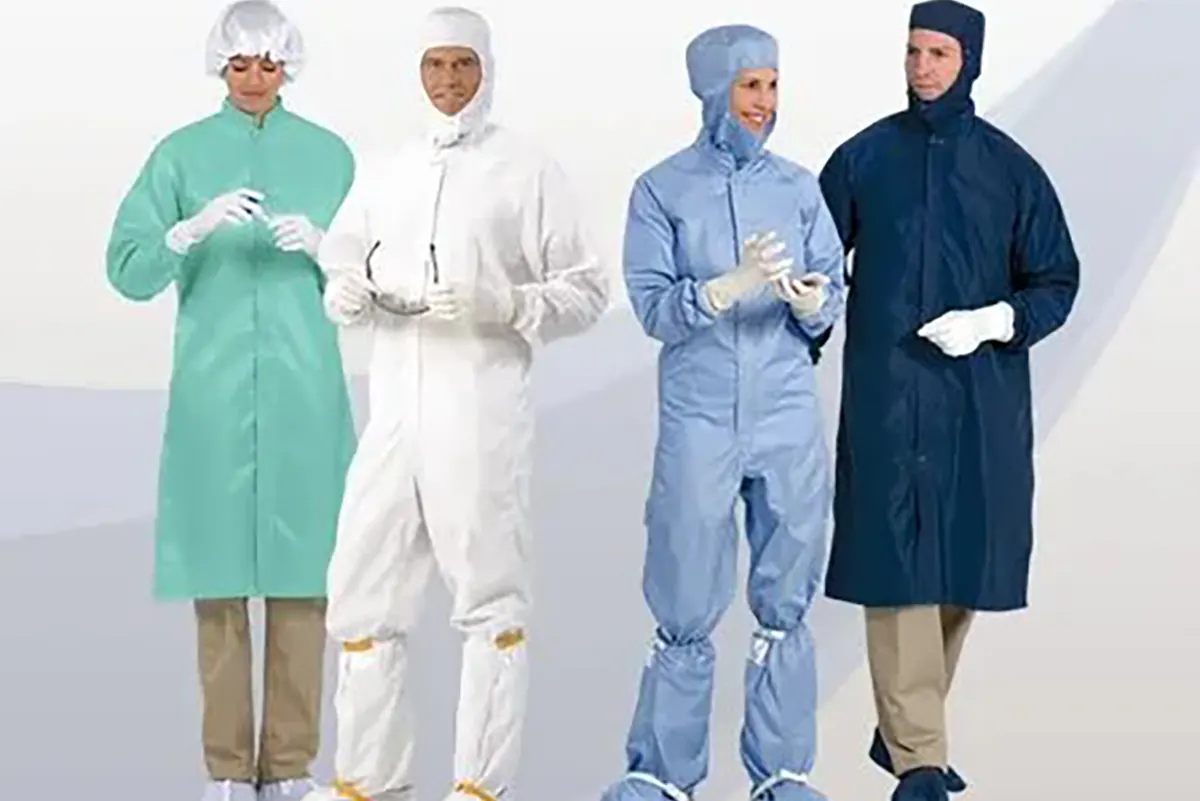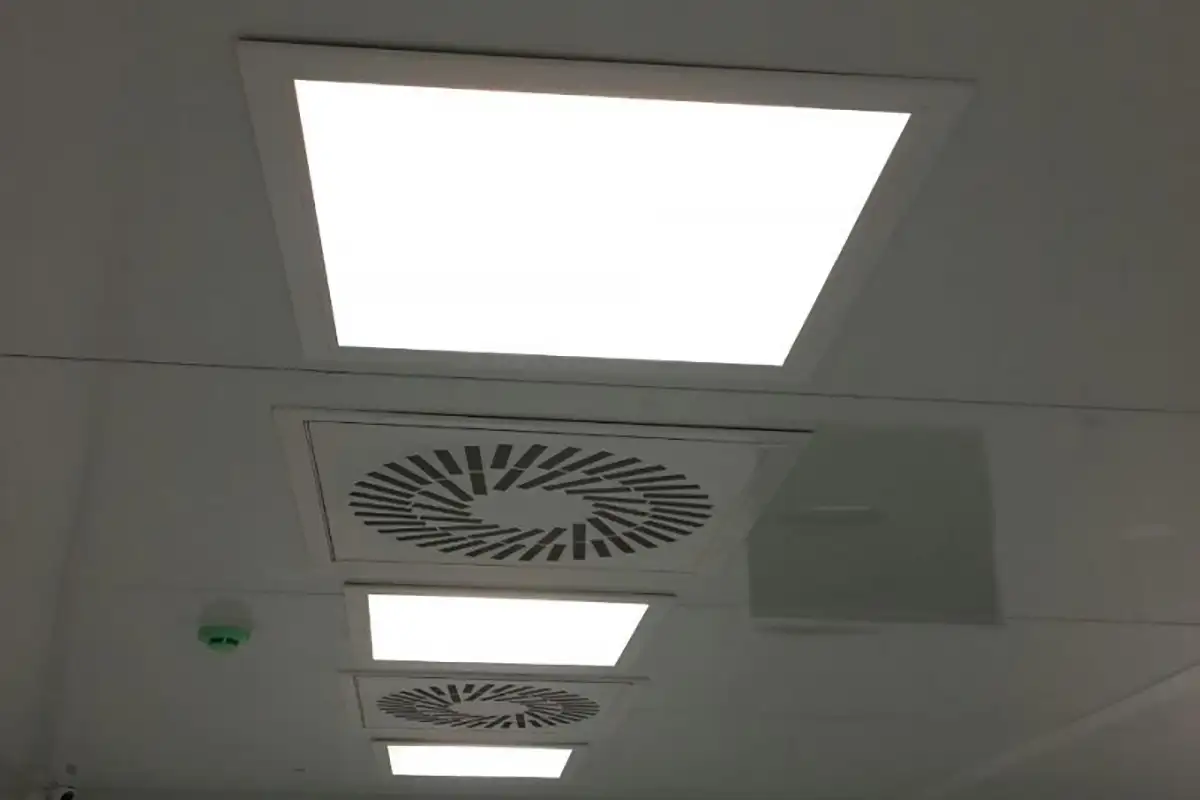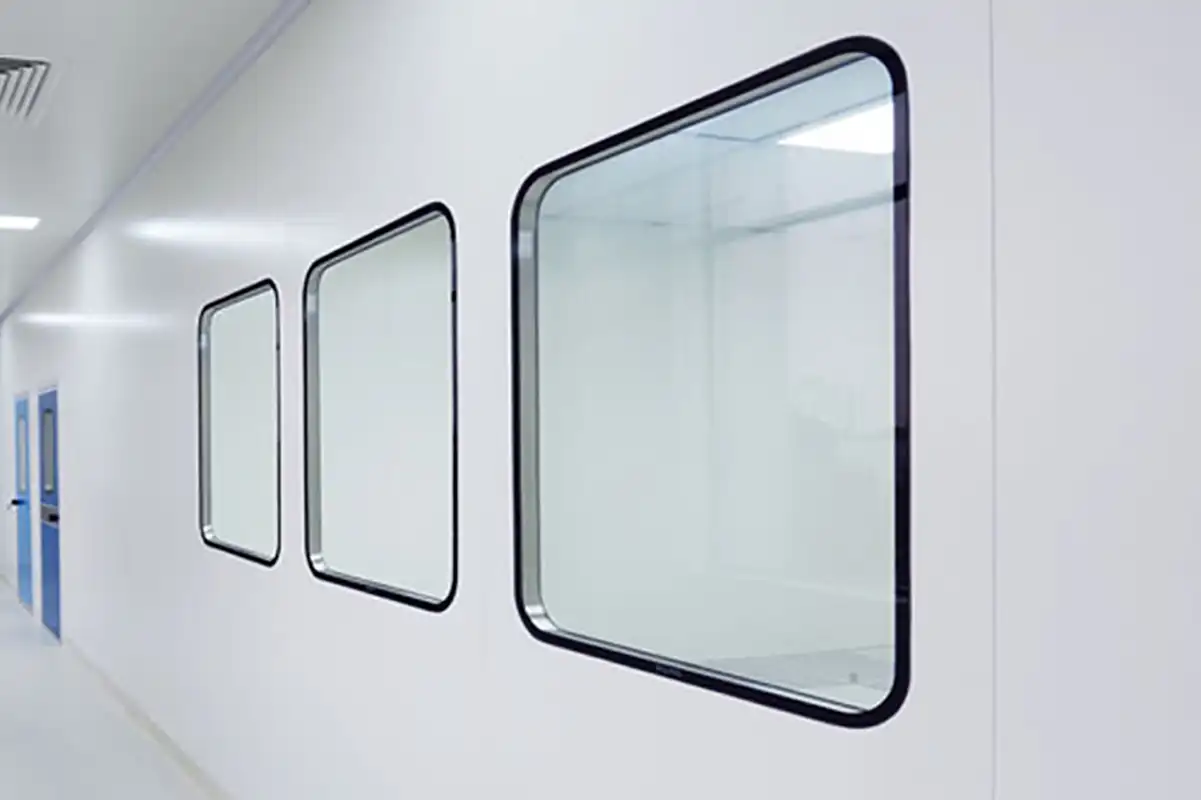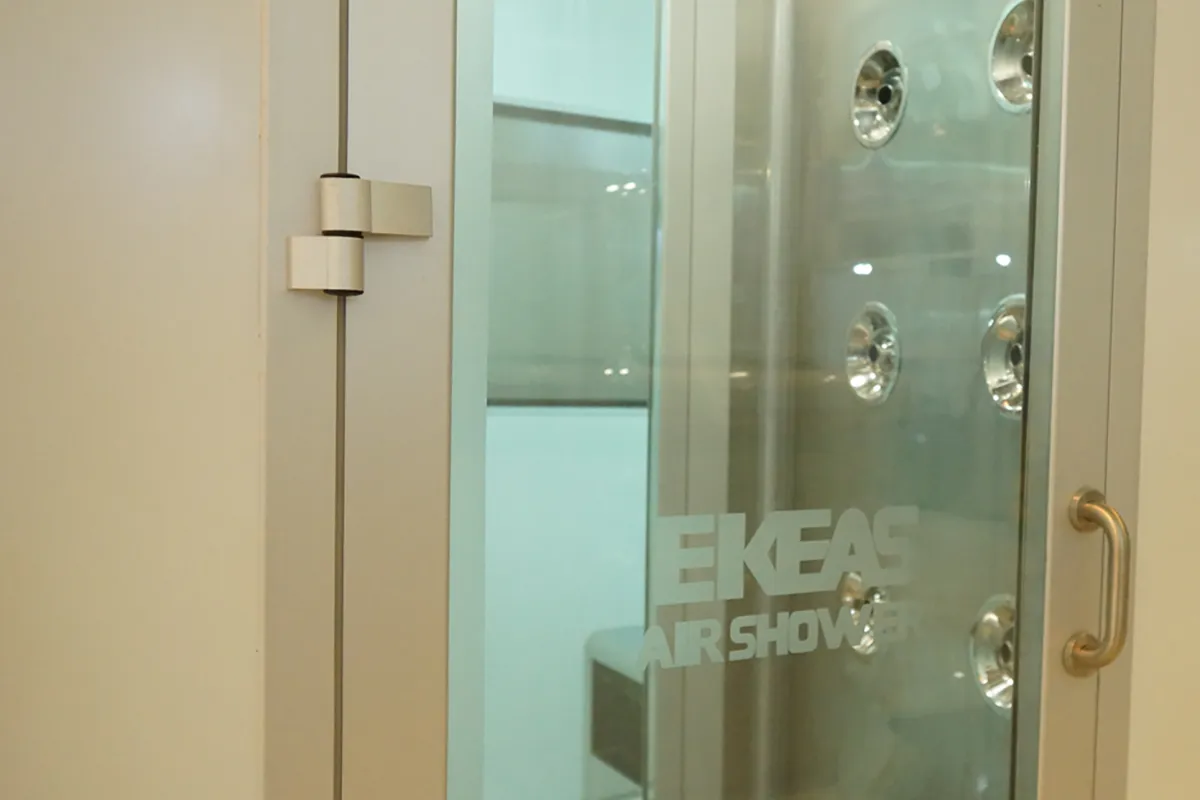Cleanroom monitoring and control is a complex and sensitive process that requires careful planning and the use of appropriate equipment. Cleanrooms play a critical role in a variety of industries, such as pharmaceuticals, healthcare, aerospace, and medical devices. Products in these spaces are typically not well-packaged and are exposed to environmental contaminants. All environmental conditions can be considered parameters that can affect the final product quality. Cleanroom monitoring and control equipment helps operators to monitor various environmental conditions, such as temperature, pressure, humidity, and airflow, and to adjust them so that they do not have a negative impact on the final product quality.
Why should a cleanroom be under continuous monitoring and control?
A cleanroom is essentially a sterile room and is typically used in industries where even suspended particles in the air can affect the final product quality. As a result, in these cleanrooms, environmental conditions cannot be overlooked and must be monitored continuously. The most important reason for continuous monitoring and control of cleanrooms is to ensure that the environmental conditions of the room meet the defined standards. Companies typically use a variety of standards.
Cleanrooms must follow these standards and requirements to ensure quality. Due to the presence of people and equipment in the cleanroom space, contamination is always lurking and can severely affect the quality of the company’s products and cause irreparable damage. As a result, none of the companies that use cleanrooms in their facilities are allowed to neglect the use of cleanroom control and monitoring equipment.
read more | Cleanroom Particle Counting Test
Temperature and Humidity Control and Monitoring Equipment in Cleanrooms
Monitoring the temperature and humidity of the environment is one of the most important factors affecting the quality of products from industries that use cleanrooms. Temperature and humidity sensors are among the most important cleanroom control and monitoring equipment that are responsible for controlling and recording the temperature and humidity levels at any given moment.
read more | Condensing Unit
Industries that use cleanrooms usually need a specific temperature and humidity for their product production. As a result, monitoring the temperature and humidity of the air in the cleanroom can help to maintain product quality and improve performance. To better control the environment inside the cleanroom, these sensors can be connected to other room equipment such as the ventilation system.
The most important features that a temperature and humidity sensor should have are:
- High accuracy
- Repeatability
- Long life and durability
- High resistance to chemical and physical contamination in the cleanroom
- Affordability
Advantages of using temperature and humidity sensors in a cleanroom
The most important advantage of using temperature and humidity sensors is to prevent the creation of conditions suitable for the growth and proliferation of bacteria. As you know, bacteria are able to survive in a certain temperature and humidity range, and if these conditions can be eliminated using cleanroom control and monitoring equipment, bacteria can no longer affect the quality of the company’s products. The use of appropriate temperature and humidity sensors in sanitary environments is essential.
One of the other significant advantages of using these cleanroom control and monitoring equipment is reducing the company’s cost for product manufacturing. As you know, controlling conditions such as temperature and humidity can help reduce energy consumption in industrial facilities. Environments where temperature and humidity monitoring is not done continuously are often faced with excessive energy consumption and waste a large portion of their resources. As a result, you can reduce your costs by purchasing the right temperature and humidity sensors.
read more | Cleanroom Validation
Cleanroom Pressure Control and Monitoring Equipment
Pressure is one of the important parameters for maintaining process stability in cleanrooms. In fact, the quality of products produced in the medical, pharmaceutical, electronic, and other industries depends to a large extent on the pressure of the environment inside the cleanroom. Keeping the cleanroom pressure within the appropriate range increases process stability. The use of suitable pressure gauges for pressure monitoring in industries that require specific pressure conditions will improve performance.
Typically, pressure sensors are used to control and monitor the environmental pressure in cleanrooms. A differential pressure sensor is a type of cleanroom control and monitoring equipment that measures changes in pressure between two specific points. This sensor differs from static pressure sensors, which are responsible for measuring the pressure at a single point.
read more | What is a weighing or sampling room
The most important features of a differential pressure sensor are as follows:
- Very high accuracy (capable of measuring pressure with an accuracy of 1/0 pascal)
- Transmission of pressure values to the control room
- Robust housing
Advantages of using a differential pressure sensor in a cleanroom
A differential pressure sensor is a cleanroom control and monitoring equipment that has many advantages. By monitoring the pressure inside the cleanroom, the differential pressure sensor can prevent the entry of foreign particles into the room. Usually, fine particles and various bacteria can enter cleanrooms and contaminate the environment. As a result, the use of pressure sensors to control suspended particulates is essential.
Another advantage of using differential pressure sensors is the ability to maintain product quality by adjusting pressure. These pressures help to maintain sanitary conditions and maintain the required pressure for the industry in question, and in this way can lead to increased product quality.
Applications of control and monitoring in cleanrooms
As mentioned, monitoring is widely used in industrial cleanrooms and other centers today. However, in the following article, we will review the most important applications of monitoring.
read more | Portable cleanroom
Pharmaceutical industry
The largest and most important monitoring that occurs in this industry is the pharmaceutical industry. As you know, monitoring controls environmental pollution, but on the other hand, the pharmaceutical industry is one of the most sensitive and important industries. In fact, the pharmaceutical industry is an industry that should have the least pollution.
Home goods industry
As you know, after the pharmaceutical industry, the home goods and food industries and other related items, environmental conditions must be very important. Therefore, control and monitoring in cleanrooms has the most application in the food and home goods industries after the pharmaceutical industry.
Hospital
On the other hand, the environmental conditions inside the hospital are always important. Therefore, all rooms used in the hospital must be completely hygienic and free of pollution. Because when you enter the hospital, the first smell you feel is the smell of alcohol and cleaning products. But the question that arises here is why control and monitoring is used in the cleanroom of the hospital?
To answer this question, I must say that the monitoring used in the hospital monitors the environmental conditions throughout the day. Generally, it examines all the pollutants inside the cleanroom, and after the examination, the problems that cause the collapse of the environmental conditions and disrupt it must be resolved. In general, all the cases mentioned above are the industries that have the most control and monitoring of cleanrooms. However, there are other cleanrooms that are not monitored because the environmental conditions are somewhat negligible.
read more | Applications of cleanrooms in different industries
Types of Control and Monitoring in a Cleanroom
Control and monitoring of a cleanroom is currently done in two ways. Below, we will review the types of cleanroom monitoring.
1. Online Control and Monitoring
Online control and monitoring is a continuous process that uses sensors to collect data on the environmental conditions in a cleanroom. This data is then used to control the cleanroom’s HVAC system and other equipment to maintain the desired conditions.
2. Periodic Monitoring
Periodic monitoring is a less frequent process that is typically done on a weekly or monthly basis. This type of monitoring is typically done by hand with a variety of instruments, such as thermometers, hygrometers, and particle counters.
Online monitoring
Currently, online monitoring is performed using a series of specialized equipment and computers to check environmental conditions. It is considered the best monitoring available in cleanrooms. They check the environmental conditions of the cleanroom daily and, if necessary, will use a series of changes for control and monitoring in the cleanroom.
Periodic monitoring
This type of monitoring allows you to do it periodically. The question that arises here is what does periodic control and monitoring mean? This type of control means that it depends on your contract how your cleanroom is controlled, sometimes weekly and sometimes monthly. In this type of monitoring, it is done weekly or monthly. It also uses a series of brushes in the cleanroom to check environmental conditions.
Purchasing cleanroom control and monitoring equipment to maintain product quality
Control and monitoring of cleanrooms is one of the factors that has a direct impact on the quality of products in various industries. For this reason, the use of cleanroom control and monitoring equipment in the medical and pharmaceutical industries is inevitable. Temperature and humidity sensors and differential pressure sensors are among the most important equipment for controlling and monitoring cleanrooms in various industries. The Ekeas Company is recognized as one of the leading manufacturers of cleanroom equipment in the country. You can contact our experts for purchasing control and monitoring equipment and to get more information.
Cleanroom Equipment by Ekeas
Cleanrooms include a variety of equipment, and in order for a cleanroom to meet standards, it must use the appropriate equipment. Here are a few examples of cleanroom equipment:
